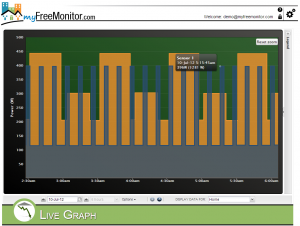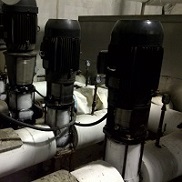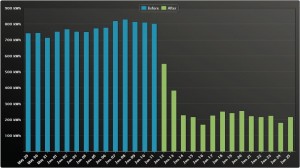Real-Time Electricity Monitoring
Real-time electricity monitoring is an important tool in understanding when and where electricity is being used, and to find energy saving opportunities.
Traditionally, the only information building owners have had access to is what’s on their electric bill – a total power consumption value (kWh) for the past 30-60 days. It’s electricity that was consumed some time ago… nothing to do at that point but pay the bill. This applies to all building types, whether it be a residential, commercial, industrial, or government building.

Electric Bill
If you’re not happy with the bill amount and want to do something about it then you can certainly look at energy saving tips, but beyond that the only way to understand why your electric bill is high is to see the full electricity usage details with a real-time monitor such as Eyedro. Electric utilities that have deployed smart meters sometimes share smart meter information via their website but it is still in 15 minute blocks and lags by 24 hours – better, but still not as good as real-time feedback. With real-time feedback you’re able to learn how often equipment is on, and how much it costs to operate, especially the larger more expensive power hogs. Here’s an example of a 20kW heater that the owner knew about but did not know how often it was actually turning on.

20kW Electric Heaters
At far less power and cost but equally interesting is the aquarium heater example shown here cycling 24 hours a day. The owner certainly enjoys their 80 gallon aquarium, but was surprised to learn the heater alone cost approximately $7 in electricity each month. Power consumption from the water pumps and lights (not shown here) increased the monthly cost further.

Aquarium Heater 280W
With real-time electricity monitoring you are provided with actionable intelligence because you can see exactly how much electricity is being consumed at any given point in time, and then keep an eye on consumption and costs before the bill arrives. No more surprises when your bill shows up!

